Introduction
The aroma of simmering grains, the sizzle of spices meeting hot oil, and the comforting steam rising from clay pots—street breakfast porridges are a global testament to the simplicity and nourishment that mornings demand. Across continents, from bustling Asian metropolises to quiet European town squares, vendors have perfected the art of transforming humble ingredients into hearty, flavorful bowls that fuel the start of the day. This article embarks on a culinary journey to explore the staggering diversity of street breakfast porridges, uncovering their origins, ingredients, and cultural significance. Prepare to discover that the humble “bowl of gruel” is anything but ordinary.
The Foundation: What Defines Breakfast Porridge?
At its core, breakfast porridge is a dish made by boiling grains, legumes, or tubers in water or broth until they reach a creamy, soft consistency. The beauty lies in its adaptability: nearly every culture has its version, tailored to local crops, climate, and taste preferences. Street vendors often elevate this staple with aromatic spices, fresh herbs, proteins, and garnishes, turning a basic meal into a sensory experience.
Asia’s Porridge Spectrum
Asia is the continent where breakfast porridge truly thrives, with each region boasting its own iconic variations.
1 China: The Birthplace of Congee
In China, congee (or zhou) is a breakfast institution. Made from rice, millet, or other grains, it is simmered for hours until the grains break down into a porridge-like texture. Variations include:
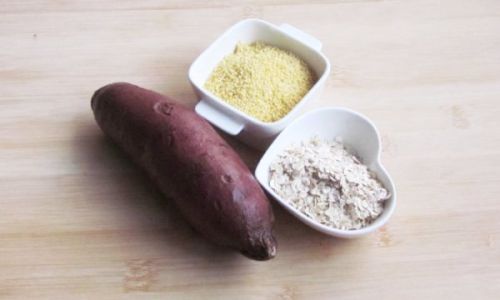
- Plain Rice Congee (Bai Zhou): A blank canvas, often served with side dishes like pickled vegetables, fried dough sticks (youtiao), or soy eggs.
- Savory Congee: Flavored with ingredients like minced pork, preserved egg (pidan), dried shrimp, or shiitake mushrooms. Shark’s fin congee (a vegetarian mimic) is a luxury street food in Hong Kong.
- Sweet Congee: Sweetened with rock sugar and infused with red dates, lotus seeds, or job’s tears (yìyǐmǐ).
- Cantonese-Style Congee: Ultra-smooth, often featuring seafood like fish slices or crab meat, garnished with ginger and scallions.
2 Southeast Asia: Spices, Herbs, and Umami
Southeast Asian street porridges are bold, aromatic, and deeply flavorful.
- Thailand: Jok (ข้าวต้ม): A rice porridge flavored with ginger, garlic, and white pepper, topped with minced pork, century eggs, and cilantro. Vendors often serve it with a side of pickled vegetables and a fiery chili dip.
- Vietnam: Cháo (Cháo Ốc): Rice porridge with snails, pork, or fish, seasoned with fish sauce, ginger, and black pepper. Cháo lòng (offal porridge) is a controversial but beloved delicacy.
- Malaysia/Singapore: Bubur Lambuk: A spiced mixture of rice, lentils, and meat (often beef or chicken), cooked with coconut milk and aromatic spices like cumin, coriander, and fennel.
- Indonesia: Bubur Ayam: Shredded chicken porridge with fried shallots, peanuts, hard-boiled eggs, and a splash of sweet soy sauce (kecap manis).
- Philippines: Arroz Caldo: A ginger-infused rice porridge topped with garlic chips, lime wedges, and a runny egg. It’s believed to cure hangovers and colds.
3 Japan: Okayu (お粥)
Japan’s okayu is simpler, often made with short-grain rice and water in a 1:7 ratio, resulting in a loose, comforting texture. Toppings include umeboshi (pickled plum), natto (fermented soybeans), or a raw egg stirred in just before eating.
4 Korea: Juk (죽)
Korean juk is a thick, velvety porridge made from finely milled rice. Varieties include hobak juk (pumpkin porridge), pat juk (red bean porridge), and tteokguk (rice cake soup), eaten during New Year celebrations.
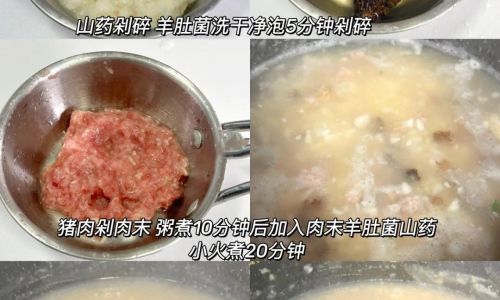
The Middle East and Africa: Hearty, Spiced Bowls
Breakfast porridges in these regions often rely on grains like wheat, barley, or sorghum, paired with aromatic spices and dairy.
- Egypt: Koshari (كشرى): While technically a street food, Egypt’s koshari includes lentils, chickpeas, and macaroni, but its base is a spiced rice-and-lentil porridge topped with tangy tomato sauce.
- Ethiopia: Genfo: A thick barley or wheat porridge shaped into a dome, with a well in the center filled with spiced butter (niter kibbeh) and berbere spice.
- Turkey: Tarhana Çorbası: A sour, fermented porridge made from yogurt, tomatoes, and spices, dried into pellets and rehydrated before serving.
Europe and the Americas: Oat-Centric Traditions
While porridge in the West is often associated with oats, street versions add local flair.
- Scotland: Porridge: Traditionally made with steel-cut oats, salt, and water, served with a splash of cold milk or cream. Street vendors might add whisky or honey for a modern twist.
- Mexico: Atole: A corn-based porridge thickened with masa harina, flavored with cinnamon, chocolate, or fruit, and served piping hot in winter markets.
- Peru: Champús: A chilled porridge made from purple corn, pineapple, and cinnamon, often sold by vendors in coastal regions.
Modern Innovations: Fusion and Health-Driven Trends
The 21st century has seen street porridges evolve with global tastes and dietary trends:

- Vegan Bowls: Coconut milk-based porridges with quinoa, chia seeds, and tropical fruits.
- Savory-Sweet Hybrids: Miso-carrot porridge topped with avocado and furikake, or matcha-infused congee with mango.
- Superfood Upgrades: Turmeric, maca, and spirulina added to traditional recipes for a health kick.
The Cultural Significance of Street Porridge
Beyond sustenance, breakfast porridges are deeply woven into cultural rituals:
- Community Hubs: Street vendors become morning meeting points, where locals gather to discuss news over steaming bowls.
- Economic Lifelines: For many vendors, porridge stalls are family businesses passed through generations, offering affordable, nutrient-dense meals.
- Symbol of Resilience: In countries like China, congee was historically eaten during famines; today, it symbolizes simplicity and humility.
The Science of Perfect Porridge
Achieving the ideal texture requires patience and technique:
- Grain Selection: Short-grain rice (for congee) vs. rolled oats (for Western porridge).
- Liquid Ratios: From watery jok (6:1 water-to-rice) to thick juk (3:1).
- Cooking Methods: Slow simmers for creaminess, or pressure-cooking for time efficiency.
Sustainability and the Future of Street Porridge
As climate change impacts agriculture, vendors are adapting:
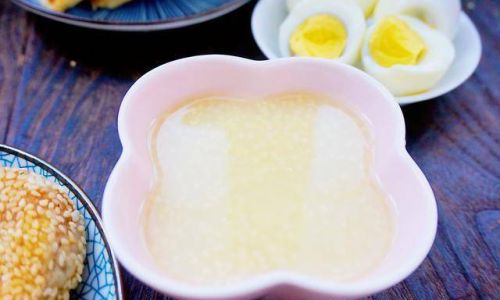
- Local Sourcing: Using heirloom grains or surplus produce to reduce waste.
- Plant-Based Proteins: Incorporating lentils, mushrooms, or tofu as meat alternatives.
- Eco-Friendly Packaging: Switching from styrofoam to banana leaves or biodegradable bowls.
Conclusion
The world of street breakfast porridge is a microcosm of human ingenuity—a dance between tradition and innovation, necessity and creativity. From the ginger-laced jok of Bangkok to the spiced bubur lambuk of Kuala Lumpur, each bowl tells a story of land, history, and community. As urbanization accelerates and dietary trends shift, these humble street dishes remind us that true nourishment lies not just in sustenance, but in the shared ritual of breaking bread (or porridge) together. So next time you stumble upon a steaming clay pot at dawn, pause, savor, and marvel at the centuries of culinary wisdom in every spoonful.
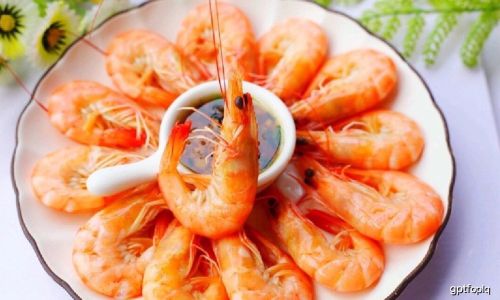
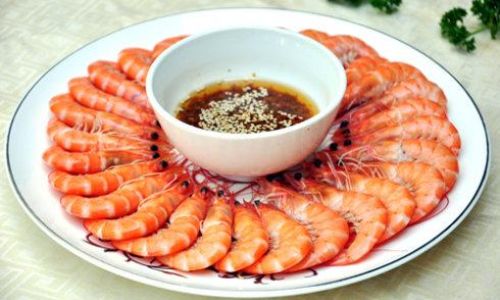
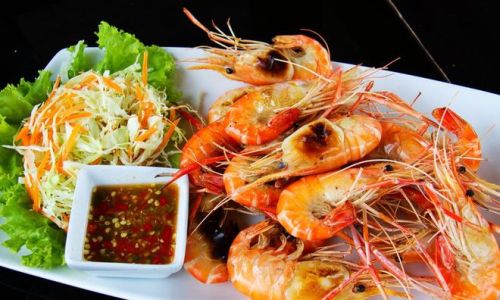
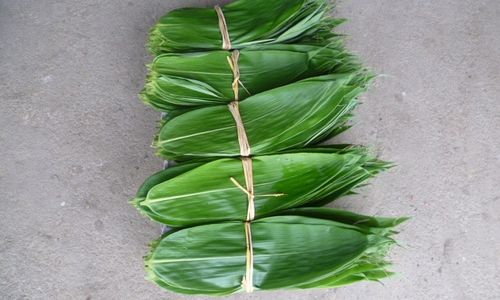

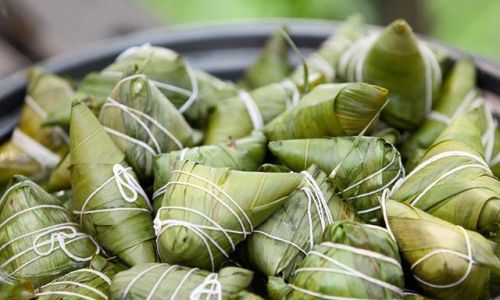
0 comments